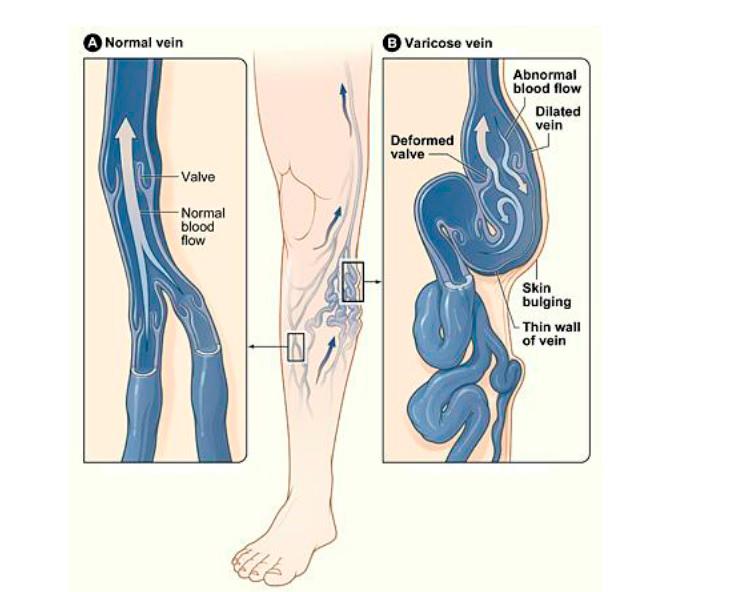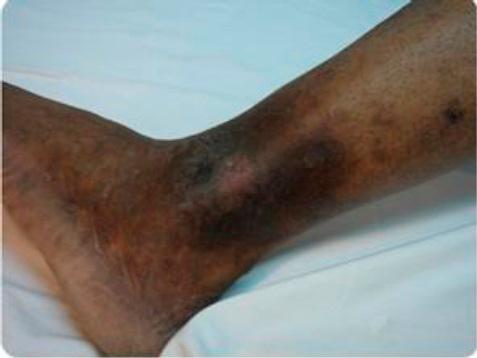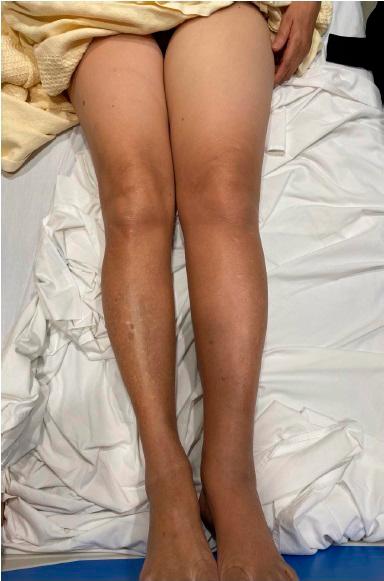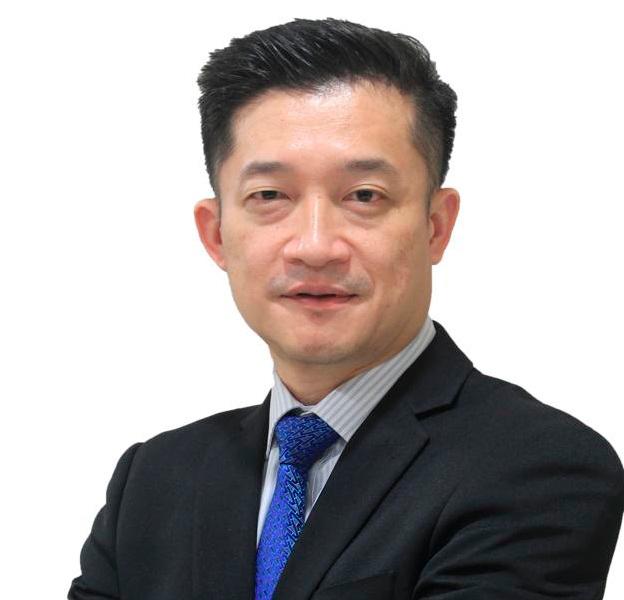Most people have heard of varicose veins, but not everyone understands what they are or why they appear.
According to Cardiac Vascular Sentral Kuala Lumpur (CVSKL) consultant vascular and endovascular surgeon Dr Tan Kia Lean, varicose veins are linked to how blood flows back to the heart.
“Blood from the leg has to work against gravity to go back to your heart. The work is much more difficult compared to the blood flow from the brain, neck, chest and arms,” he told theSun.
Because of this uphill battle, veins in the legs and sometimes the pelvic region are more vulnerable to problems.

How veins work
Tan described the two main systems of blood vessels in the body:
Arteries carry oxygen-rich blood from the heart to the rest of the body.
Veins return the blood, now deoxygenated, back to the heart.
Unlike arteries, veins have thinner walls and rely on one-way valves to keep blood moving upward. If the valves weaken, blood can pool in the veins, stretching and twisting them over time. That is when varicose veins appear.
What varicose veins look and feel like
Varicose veins are usually easy to spot. They often bulge under the skin, appearing twisted or rope-like, most commonly around the inner legs.
According to the doctor, they are more than just a cosmetic issue.
“They can cause aching, heaviness, swelling, cramps, itching and sometimes skin changes. In severe cases, the skin can break down and ulcers may form,” said Tan.
These ulcers, he added, are “a late complication of untreated varicose veins and are very difficult to heal”.

Who gets them
Varicose veins can take years to develop. Several factors increase the risk:
Genetics – a family history of varicose veins makes them more likely.
Gender – women are more prone than men, partly due to hormonal effects.
Age – the older you are, the higher the risk.
Pregnancy – pelvic pressure and hormonal changes on the veins during pregnancy can trigger them.
Lifestyle – standing for long periods, lack of exercise and obesity can worsen the problem.
Long flights can also pose risks, though in this case, the concern is usually deep vein thrombosis (DVT), a more dangerous condition where clots form in the deeper veins. Unlike varicose veins, DVT can be fatal if clots travel to the lungs.
Treatment options
The good news is varicose veins can be treated. The choice depends on severity.
Conservative management – For milder cases, lifestyle changes and compression stockings can help.
“Walking regularly, keeping your legs elevated when resting and avoiding prolonged standing all make a difference,” said Tan.
Procedures – When symptoms are significant, medical procedures are available.
Tan said modern treatments are safe and have become increasingly effective over the decades, with quick recovery times.

When to see a doctor
Varicose veins may not always need treatment, but based on theSun’s conversation with Tan, ignoring them completely is not wise.
If you experience heaviness and fatigue, leg or ankle swelling, aching and cramping, burning or itching skin, skin changes or ulcers, it is time to consult a specialist.
According to Tan, there are stages that the average person may not be aware of. He also explained the severity of varicose veins grouped according to the Clinical, Etiological, Anatomical and Pathophysiological classifications of:
C0: No clear sign of a venous disease
C1: Small appearance. It may or not progress to the second stage
C2: Varicose veins become visible but there may be no symptoms. Those that get treatment at this stage are for cosmetic reasons
C3: The symptoms begin to appear
C4a and C4b: Pigmentation change, hardening of skin and eczema occurs
C5: The skin develops into a healed venous ulcer from stage 6
C6: The venous ulcer becomes active
As the doctor explained, the earlier varicose veins are addressed, preferably at C3, the easier it will be to manage, as waiting or neglecting the issue entirely will lead to complications that make treatment harder.
Living with healthier veins
While you cannot change your genes or age, there are steps you can take to reduce your risk:
Stay active and keep a healthy weight.
Elevate your legs when possible.
Avoid sitting or standing for too long at a stretch.
Wear compression stockings if recommended.
Varicose veins may be common, but they should not be ignored. With better awareness and timely treatment, you can prevent them from becoming a bigger problem.









